Memory in names: Baku streets honouring heroes of Azerbaijan’s oil glory. Part IV A journey through history
Continuation. We also recommend reading Parts I, II, and III.
Oil has always played a key role in the history of Azerbaijan. It has influenced the country's economic, cultural, and architectural development. In honour of the outstanding oil industrialists who made tremendous contributions to the republic’s prosperity, many streets in Baku still bear their names to this day.
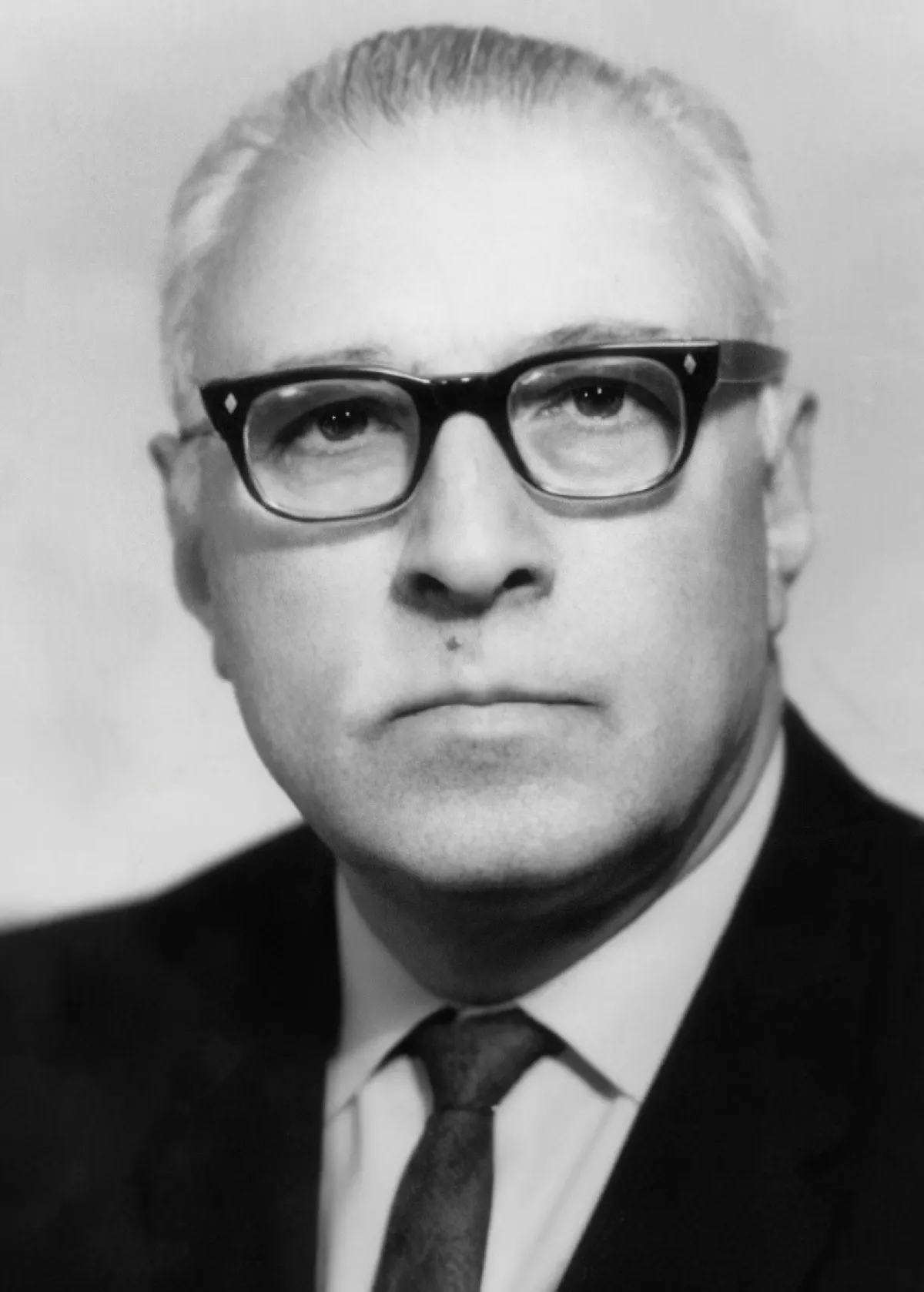
In the early 1930s, when the streets of Baku still echoed with the oil fever of the previous century, Shafayat Mehdiyev stepped into the future, choosing a path that demanded intellect, courage, and faith in the riches hidden deep underground. From 1930 to 1934, he studied at the Geological Exploration Faculty of the Azerbaijan Oil Institute, earning the prestigious title of mining engineer and devoting his life to the exploration of the country’s oil and gas treasures.
Even as a student, he began working at the Azneft Exploration Trust, where he distinguished himself as a geologist with a sharp mind and keen vision. He confidently paved the way to new knowledge and new oil fields—first at the Mardakan exploration site and later as chief geologist of the Mardakan–Turkan exploration group.
Shafayat Mehdiyev was skilled not only with geological tools, but also with the pen. He edited the student newspaper For Oil Industry Cadres, and contributed to publications such as Young Worker, Azerbaijani Athlete, Gala Oilman, and the anthology Young Bolshevik. His words carried the same weight and conviction as his scientific achievements.
From 1936 onward, he worked in the Pirsaat oil field, and later in Neftchala, where he became chief geologist and eventually deputy director of the Azerbaijan Research Institute of Oil Production.
With the outbreak of the war against fascism, Shafayat Mehdiyev joined the ranks of the Black Sea Military Group and served as an officer on the Transcaucasian and 4th Ukrainian fronts. In March 1944, already a qualified engineer-geologist, he was reassigned to the rear, where his expertise was once again placed in service of defence and reconstruction.
The beginning of 1945 marked a major milestone for him — the successful defence of his doctoral dissertation. From 1954 to 1958, he headed the Gubkin Institute of Geology of the Academy of Sciences of the Azerbaijan SSR. Then, from 1958 to 1965, he served as Rector of the Azerbaijan State University (now Baku State University).
From 1965 until the end of his life, he led the Department of Geology and Petroleum at the Institute of Geology of the Azerbaijan SSR Academy of Sciences and chaired the Department of Petroleum and Gas Field Geology and Exploration at the Azerbaijan State Oil Academy.
Academician Shafayat Mehdiyev became a symbol of scientific precision, dedication to his profession, and deep love for his native land. In 1966, he proposed a bold hypothesis on the deep biogenic lithogenesis of oil, opening a new chapter in the understanding of the nature of "black gold."
He was the author and editor of nearly 400 scientific works, including more than 20 monographs. Under his leadership, geological and tectonic maps of Azerbaijan were created, along with maps of oil and gas fields that laid the foundation for further research.
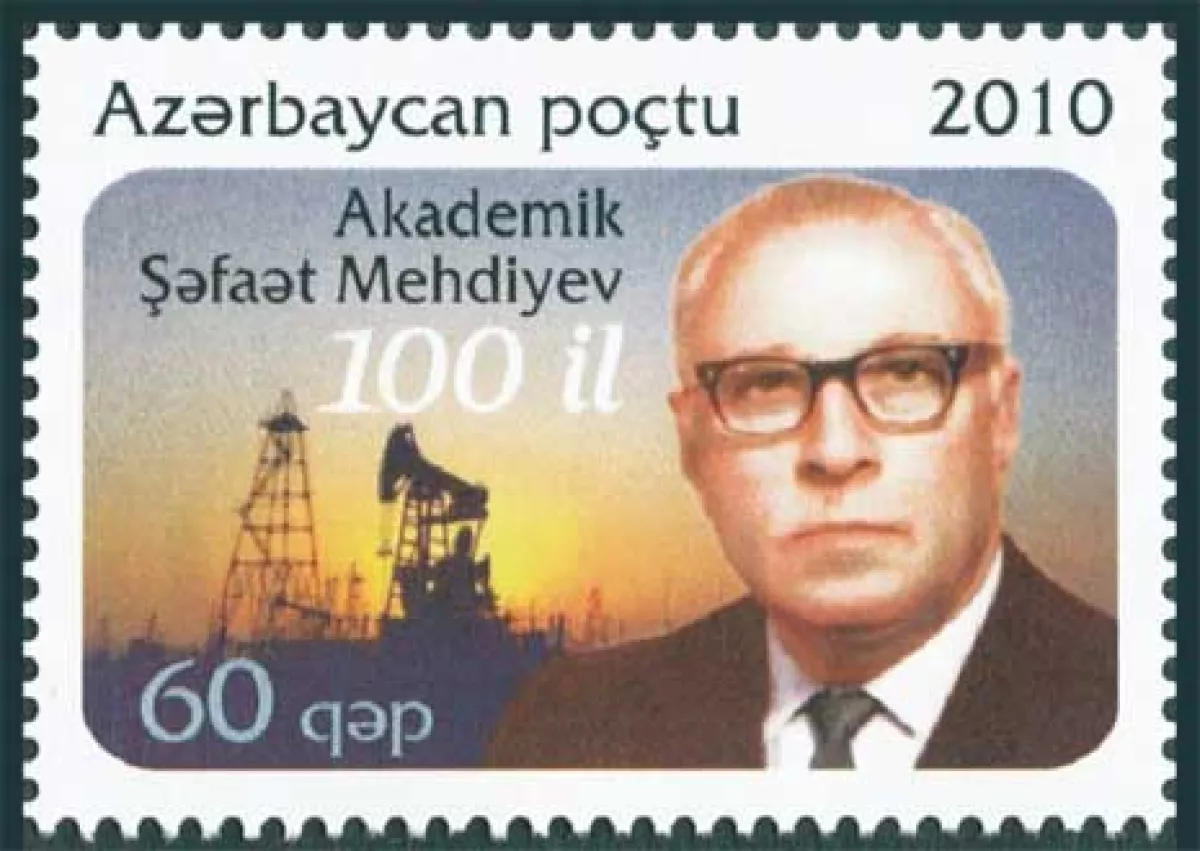
Mehdiyev was a co-author and editor of major multi-volume works, including The Geology of Azerbaijan (1952–1961) and Volume 47 of The Geology of the USSR (1967). Since 1976, he had been a member of the Editorial Board of the Azerbaijan Soviet Encyclopedia.
Today, one of the streets in Baku’s Yasamal district bears the name of Academician Shafayat Mehdiyev. In 2010, to mark the 100th anniversary of his birth, Azerbaijan Post issued a commemorative stamp in his honour.
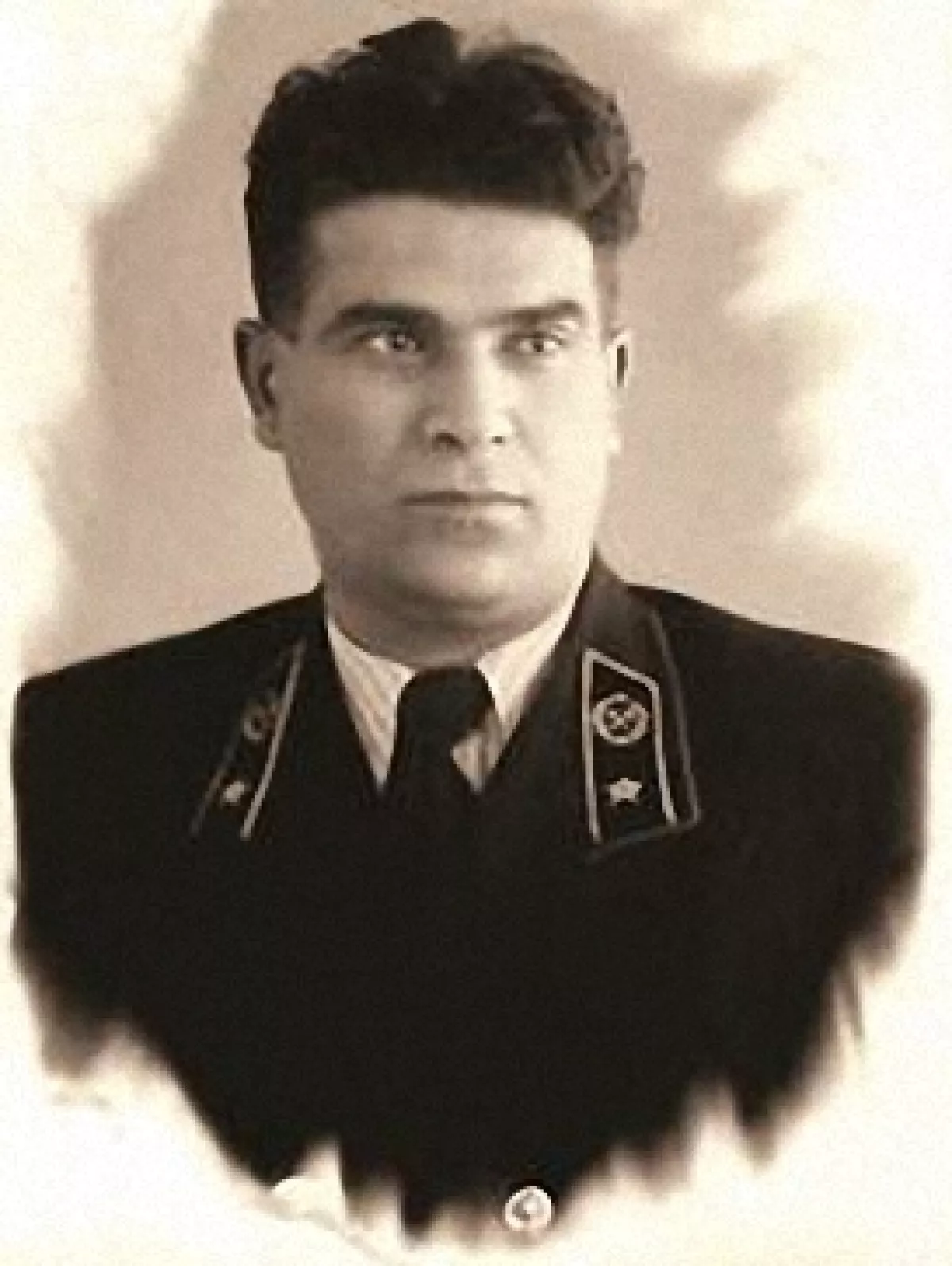
Baba Babazade was an outstanding geologist and oil specialist who made a significant contribution to the development of Azerbaijan's oil and gas industry. He served as the chief geologist of the Azizbayovneft Trust, the Azneftkombinat, and later of Azneft itself. A Hero of Socialist Labour, recipient of the Stalin Prize and the State Prize, Doctor of Geological and Mineralogical Sciences, and Corresponding Member of the Academy of Sciences of the Azerbaijan SSR, he played a key role in shaping the republic’s geological service.
Babazade was born in 1911 in the village of Ramana near Baku into a working-class family. After graduating with honours from a technical school and the Azerbaijan Industrial Institute, he began his professional career in 1936. Under his leadership, the Galin Suite and the Buzovna–Mashtaga oil field were discovered.
During the Second World War, Babazade made a major contribution to the development of the oil industry. He oversaw the discovery of the Gala, Buzovna, and Mashtaga fields. From 1953 until the end of his life, he held the position of chief geologist of the Azneft association.
He was instrumental in the discovery and development of some of Azerbaijan’s largest oil fields, including Zirin, Kursangi, Garadagh, Kurovdag, Mishovdag, Kalmas, and others — including offshore reserves.
Despite his immense responsibilities in both industrial and scientific fields, Baba Babazade always found time to teach at his alma mater. He was deeply engaged in scientific research and mentored a whole generation of young scientists. Without stepping away from his primary work, he successfully defended both his Candidate and Doctoral dissertations.
His academic works contain important conclusions about the patterns of hydrocarbon accumulation in rocks of various lithological compositions and ages. These studies formed the foundation for more efficient geological exploration and rational exploitation of oil fields.
Babazade authored more than 80 scientific publications.
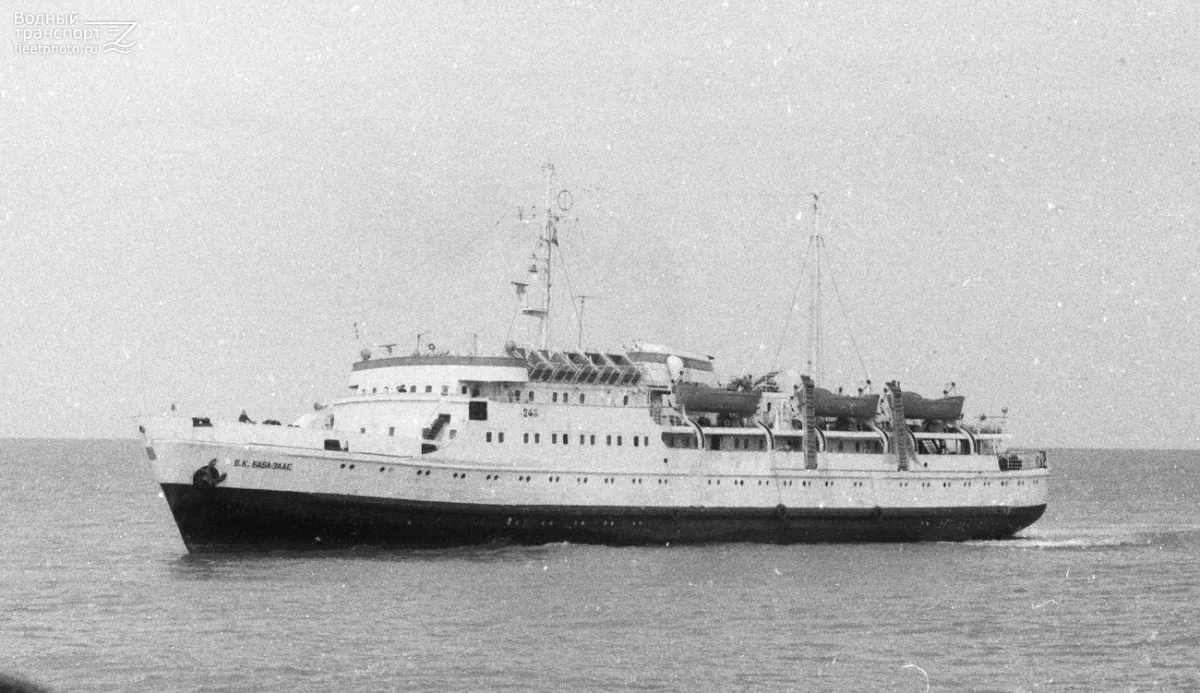
For his outstanding contributions to the oil industry, he was awarded the title of Hero of Socialist Labour on January 24, 1944. He also received the Order of Lenin, the Order of the Red Banner of Labour, the Stalin Prize, and medals "For the Defence of the Caucasus" and "For Valiant Labour in the Great Patriotic War."
His memory is preserved through memorial plaques, street names, geological landmarks, and even a ship named in his honour. He was laid to rest in the Alley of Honour in Baku, and his name has been included in UNESCO's list of the world’s scientific heritage.
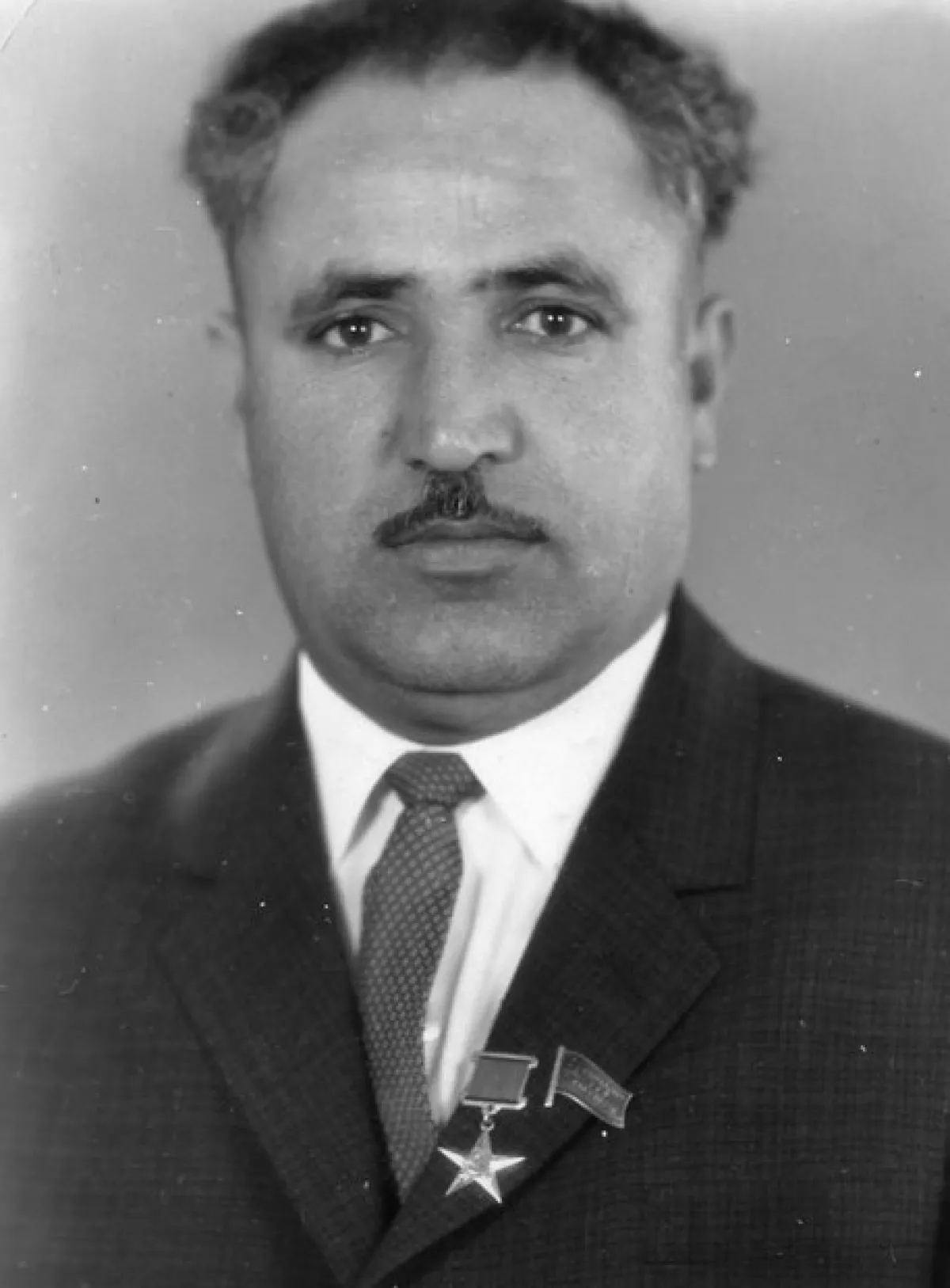
Garash Amirov — Hero of Socialist Labour (1963), a master driller who made a major contribution to the development of Azerbaijan’s oil industry. He was born in 1926 in the village of Tatar in the Zangilan district. Amirov began his career as a driller’s assistant and, starting in 1957, took part in the discovery of key oil fields, including Kurovdag, Mishovdag, Kursangi, and Garabaghli.
Between 1957 and 1967, Amirov’s drilling team completed 44 wells with a total depth of 113,350 metres. In 1969, he was appointed director of Drilling Office No. 1 of the Aznefterazvedka Trust.
For his outstanding achievements in mineral exploration, he was awarded the title of Hero of Socialist Labour on April 29, 1963. He also received numerous other honours, including the Order of Lenin, the Medal for Labour Distinction, and the title of “Master of Oil” of the Azerbaijan SSR.
Amirov was a deputy of the Supreme Soviet of the Azerbaijan SSR, a member of the Central Committee of the Communist Party of Azerbaijan, and a delegate to the 22nd and 23rd Congresses of the CPSU. He died in a plane crash in 1973. Streets and a school have been named in his honour, and a memorial plaque commemorates his legacy.
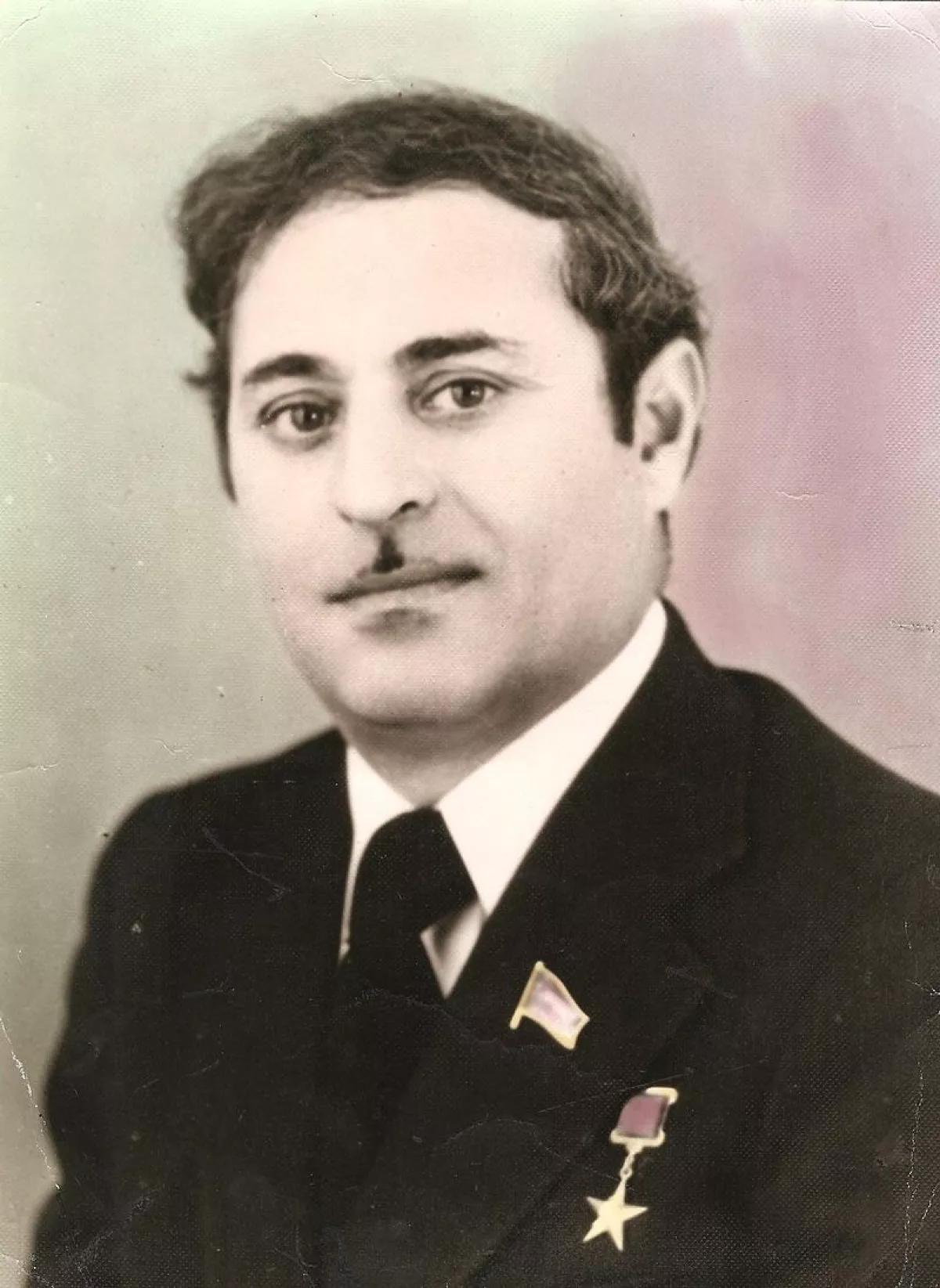
Israfil Huseynov was an outstanding oilman and Hero of Socialist Labour who made a significant contribution to the development of Azerbaijan’s oil and gas industry. He was born in 1931 in the city of Ganja. Gifted with technical acumen and a strong character, he dedicated his life to the oil sector—one of the key driving forces of the country’s economy during that era.
Huseynov began his career in 1957 at the Gurganneft association. From the very start, he proved himself to be a diligent, proactive, and committed specialist. In 1965, he was appointed as a drilling foreman. Under his leadership, his team achieved remarkable results, particularly in offshore drilling, which required exceptional focus, experience, and resilience. While working at sea, Israfil Huseynov’s crew discovered a new oil field, No. 1531. Thanks to the team's coordinated efforts and professionalism, oil was extracted from the site in just 69 days—a record-breaking feat at the time and a landmark achievement for the industry.
In addition to their operational success, the team was actively engaged in innovation. Among their inventions were a unique drill holder made from pipes and various types of mechanical wrenches that simplified the drilling process. The installation of 10 power units significantly reduced diesel consumption and ensured uninterrupted operation of the drilling pumps. These technical advancements improved the efficiency of drilling rigs and boosted overall productivity.
Thanks to his professionalism, proactive attitude, and leadership qualities, Israfil Huseynov held several important positions. From 1980, he headed the Azerbaijan Republican Union of Oil and Gas Industry Workers and also served as Deputy Chairman of the Soviet Peace Committee.
For his outstanding achievements in the oil industry, Israfil Huseynov was awarded the title of Hero of Socialist Labour in 1977. His work was recognised with two Orders of Lenin, the State Prize of the Azerbaijan SSR, and honorary titles including "Master of Oil of the Azerbaijan SSR" and "Honoured Oilman of the USSR." He was held in high regard both professionally and publicly, serving as a deputy of the Supreme Soviet of the USSR for the 9th and 10th convocations and as a delegate to the 29th Congress of the Communist Party of Azerbaijan. A pipelaying barge operating in the Caspian Sea bears his name, as does a street in the Zabrat settlement of Baku’s Sabunchu district.
Israfil Huseynov’s name has rightfully entered history as a symbol of honest and dedicated labour, engineering innovation, and commitment to his profession.
When speaking of streets named after oil workers, it is important also to remember those who gave their lives for the industry’s development. On the night of 21 November 1957, a tragedy at the Oil Rocks claimed the lives of 21 workers. This catastrophe remains the darkest chapter in the history of Oil Rocks. The memory of those lost lives is preserved in the names of streets: Abdulhasan Babayev in the settlement of Zira (Khazar district), Suleyman Baghirov in Pirallahi, and Ibrahim Sadigli in Binagadi. These names are living reminders of the heroism and self-sacrifice of the oil workers.
The courage, resilience, and devoted labour of Azerbaijan’s oil workers are forever inscribed in the country’s history. It is thanks to their efforts that Azerbaijan gained powerful momentum for development and secured its rightful place in the global oil industry. Streets, schools, and geographical landmarks named after distinguished engineers, scientists, and drillers are lasting tributes to the people whose work laid the foundation for national progress.
Their life stories stand as shining examples of true patriotism, professionalism, and fidelity to their chosen path. Their memory will forever live on in the hearts of the people as a symbol of strength, courage, and love for the Motherland.
By Vahid Shukurov, exclusively for Caliber.Az








